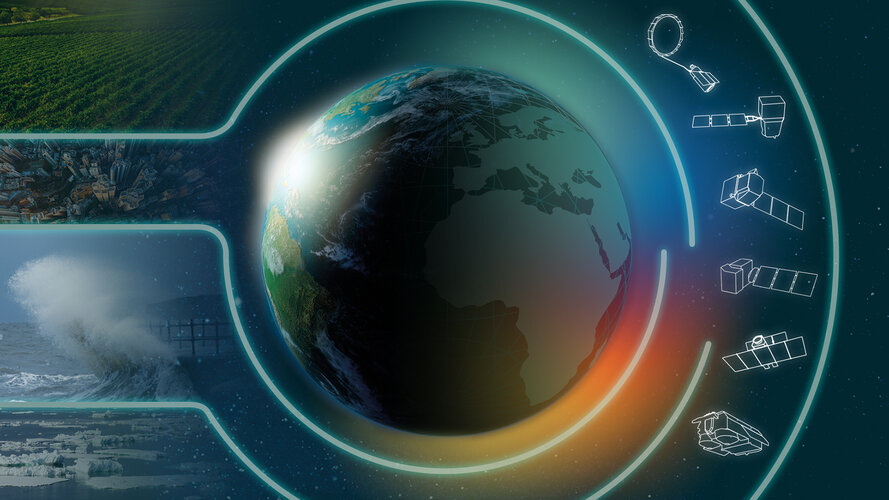Glacial hazards are of serious concern and have repeatedly been the cause of major fatal events with up to thousands of people killed in single events (Kääb et al., 2005). Particularly affected regions include the Himalayas and Central Asia (Agrawala et al., 2003; Richardson et al., 2003), Andes (Williams and Ferrigno, 1999) and Caucasus (Kotlyakov et al., 2002) mountains. Also in Europe glacier lake hazards are of relevance; this was investigated, for instance, in the EC FP-5 project GLACIORISK (Richard and Gay, 2004) and a number of other national or regional research projects.
Among glacier hazards, glacier lake outburst floods (GLOF) are especially devastating and represent the glacial threat with the farthest potential reach, up to hundred kilometers and more downstream of the glacier lake that burst out. Typically, glacier lake outbursts are a part of complex chain reactions and process interactions, for instance when sudden slope failures above a lake cause impact waves that trigger destabilization of a lake dam that would otherwise remained stable. In fact, severe disasters were caused in the past by outbursts from glacial lakes in various high-mountain regions of the world, including the Andes (Reynolds et al., 1998; Carey, 2005; Hegglin and Huggel, 2008), Caucasus and Central Asia (Narama et al., 2006; Aizen et al., 2007), the Himalayas (Vuichard and Zimmermann, 1987; Richardson and Reynolds, 2000; Xin et al., 2008), North America (Clague and Evans, 2000; Kershaw et al., 2005) and the European Alps (Haeberli, 1983; Haeberli et al., 2001). Glacial lakes can be classified into several types according to their position relative to the glacier, and the damming mechanism (Richardson and Reynolds, 2000; Clague and Evans, 2000; Roberts, 2005). The different lake types are more or less frequent in different regions of the world, depending on climatic, glaciological, topographic, geological and other factors.
Within the ESA S:GLA:MO (Slope Stability and Glacial Lake Monitoring) project we provide the organizations involved as users a service that addresses their need for information on glacial lakes, glacial lake extent and glacial lake extent change, with respect to GLOF, together with detection, monitoring and modelling of slope instabilities and glaciers adjacent to the glacier lakes of concern. We setup and demonstrate a service that allows to map, monitor and forecast glacial lakes based on various sources of EO data (including optical and SAR high and very-high resolution data) together with in-situ data and models.














